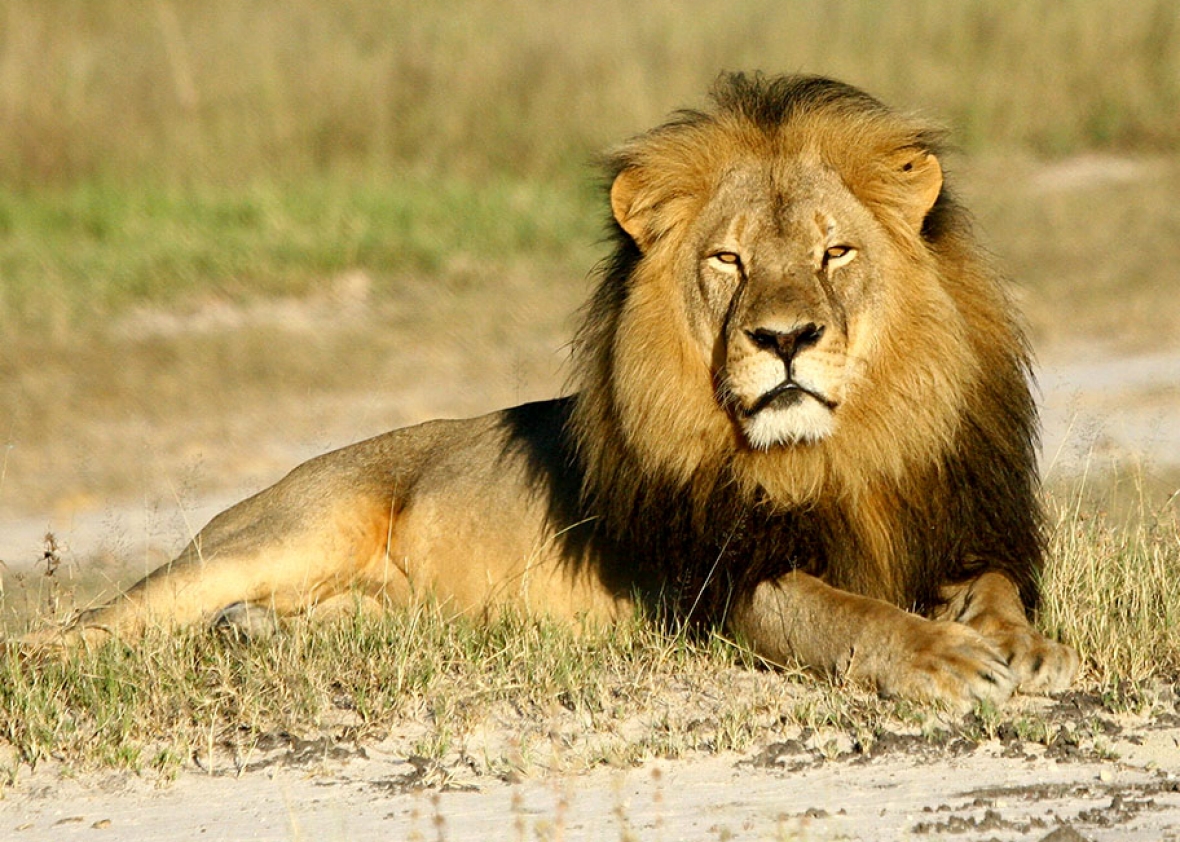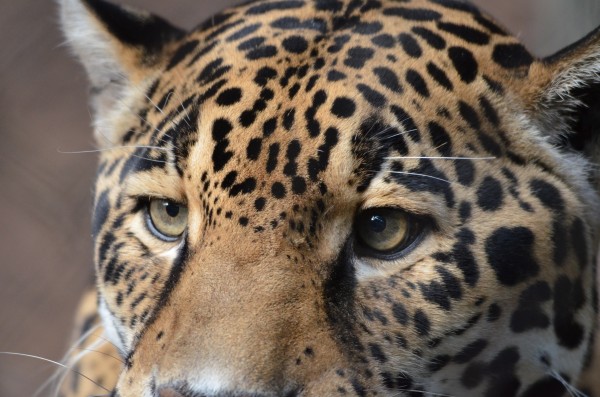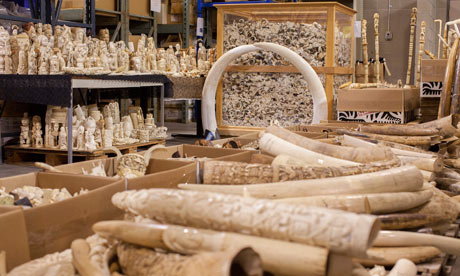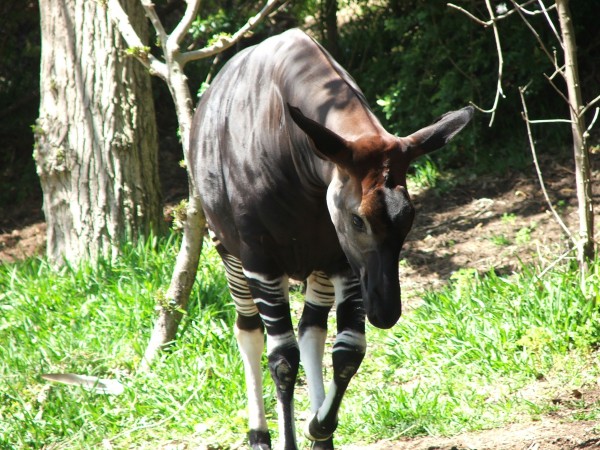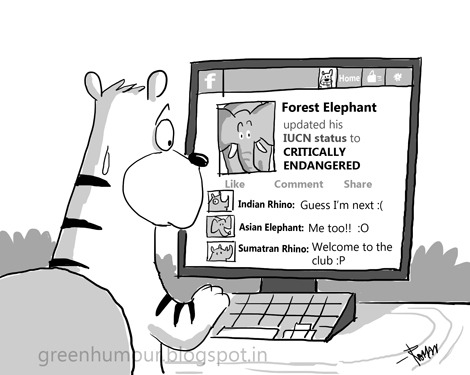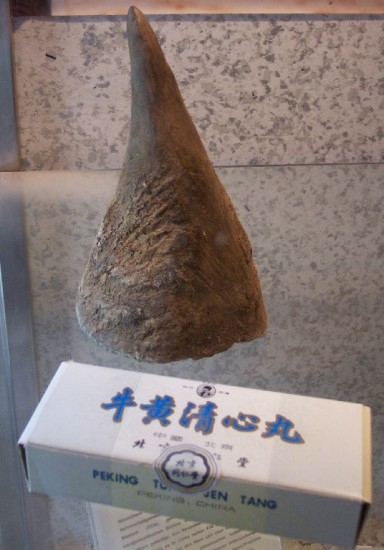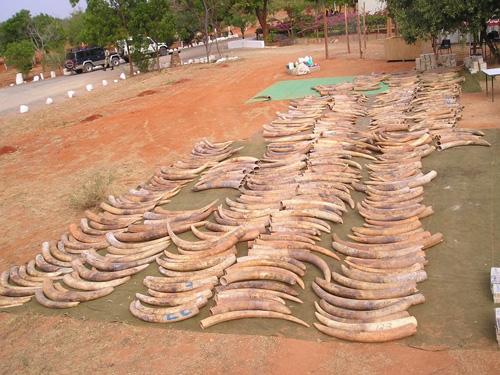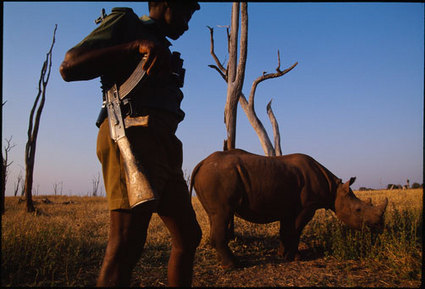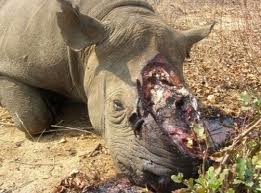As 2016 draws to a close, it’s important to reflect upon the last 365 days. Just like the preceding years, 2016 had triumphs and failures in wildlife and habitat protection. Although we still have a lot of battles before us in the field of conservation, I feel that 2016 was the year of awareness. Global issues were brought to the forefront to be openly discussed. I have to hope that is a great start for things to come in 2017. With each passing year, I am often asked how one person can make a difference. I completely understand how easy …
A Year in Review: Let 2017 be the Year of Action

